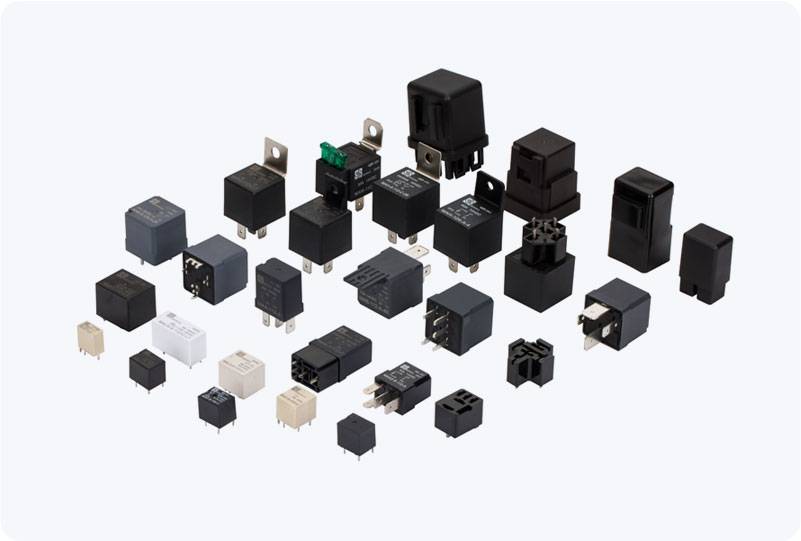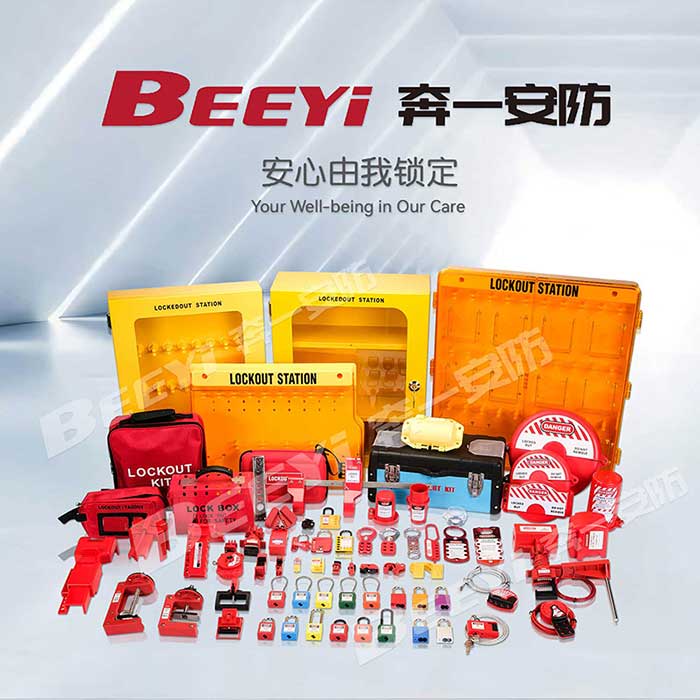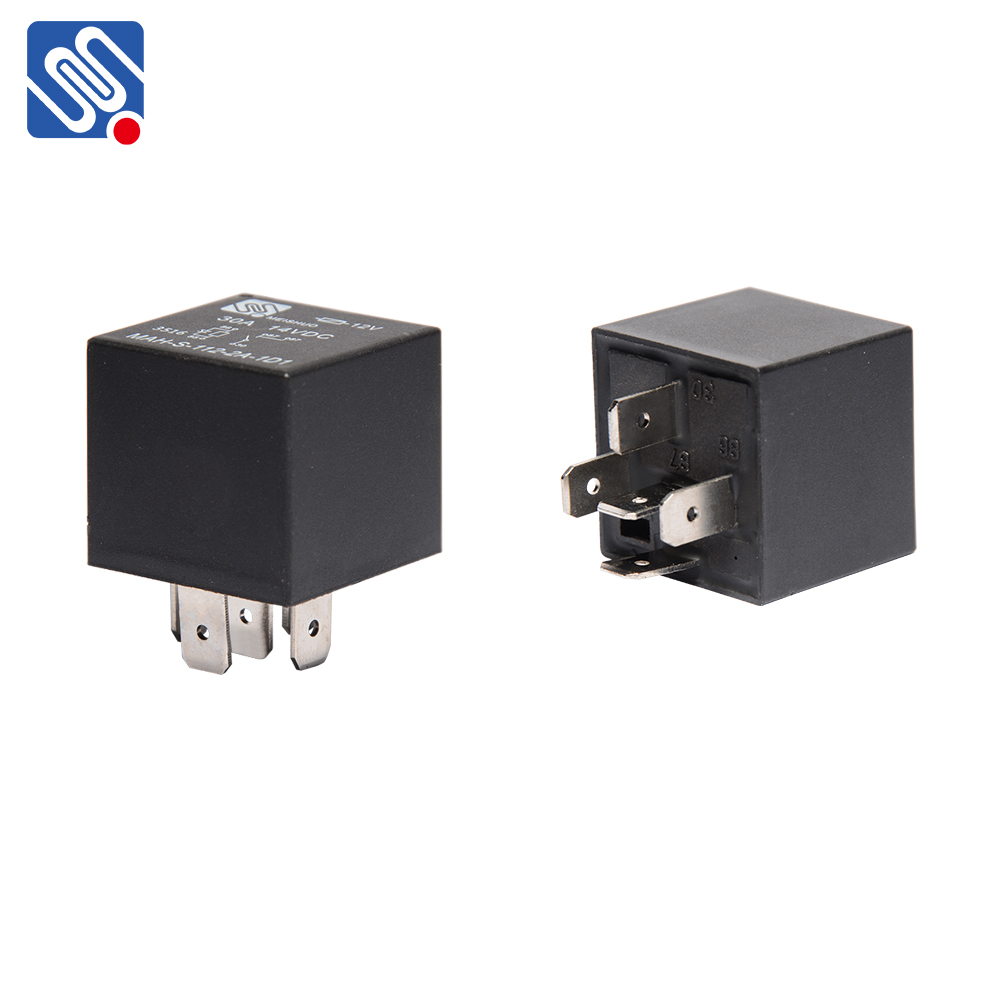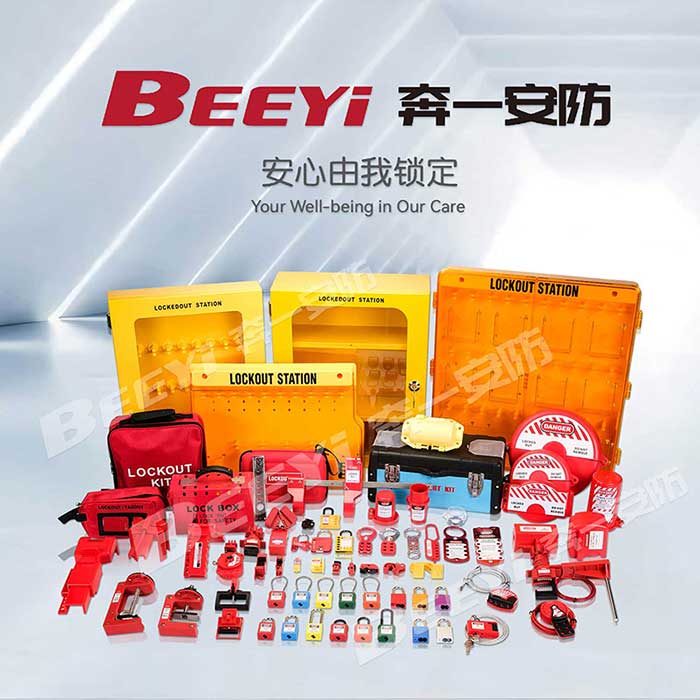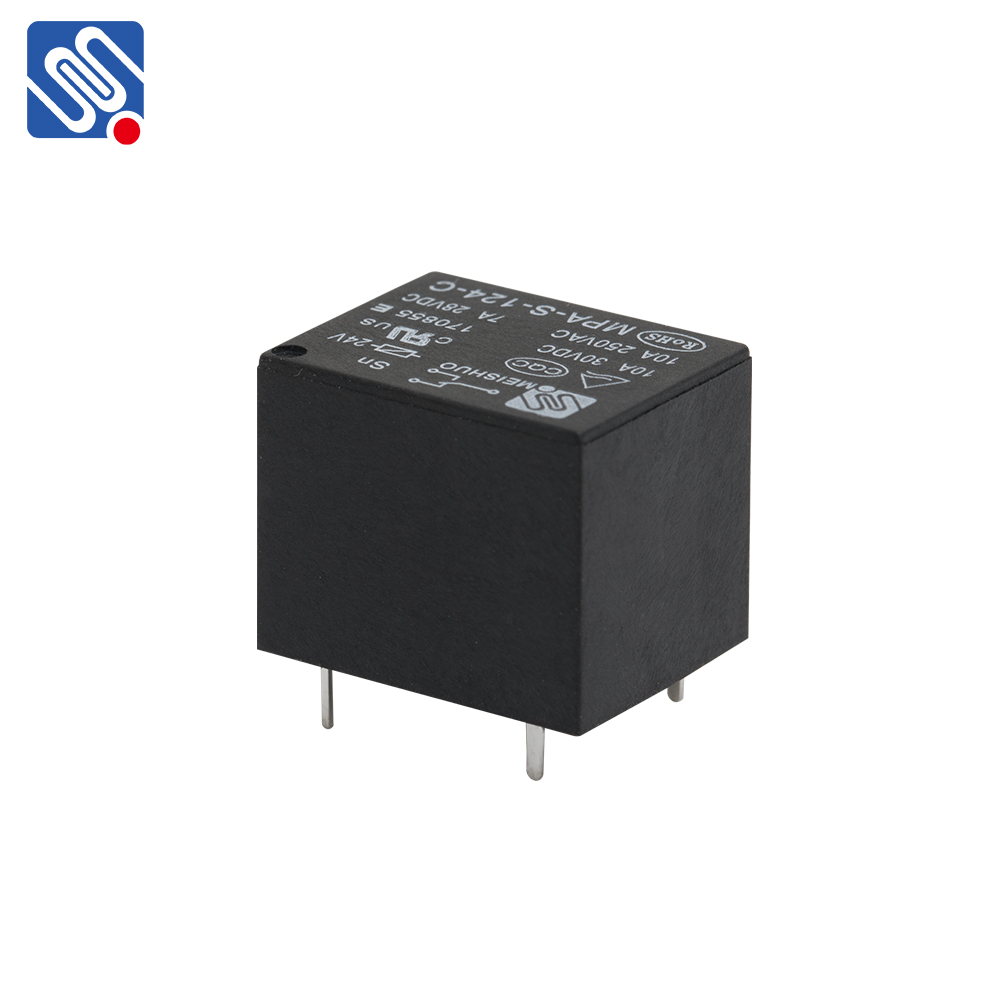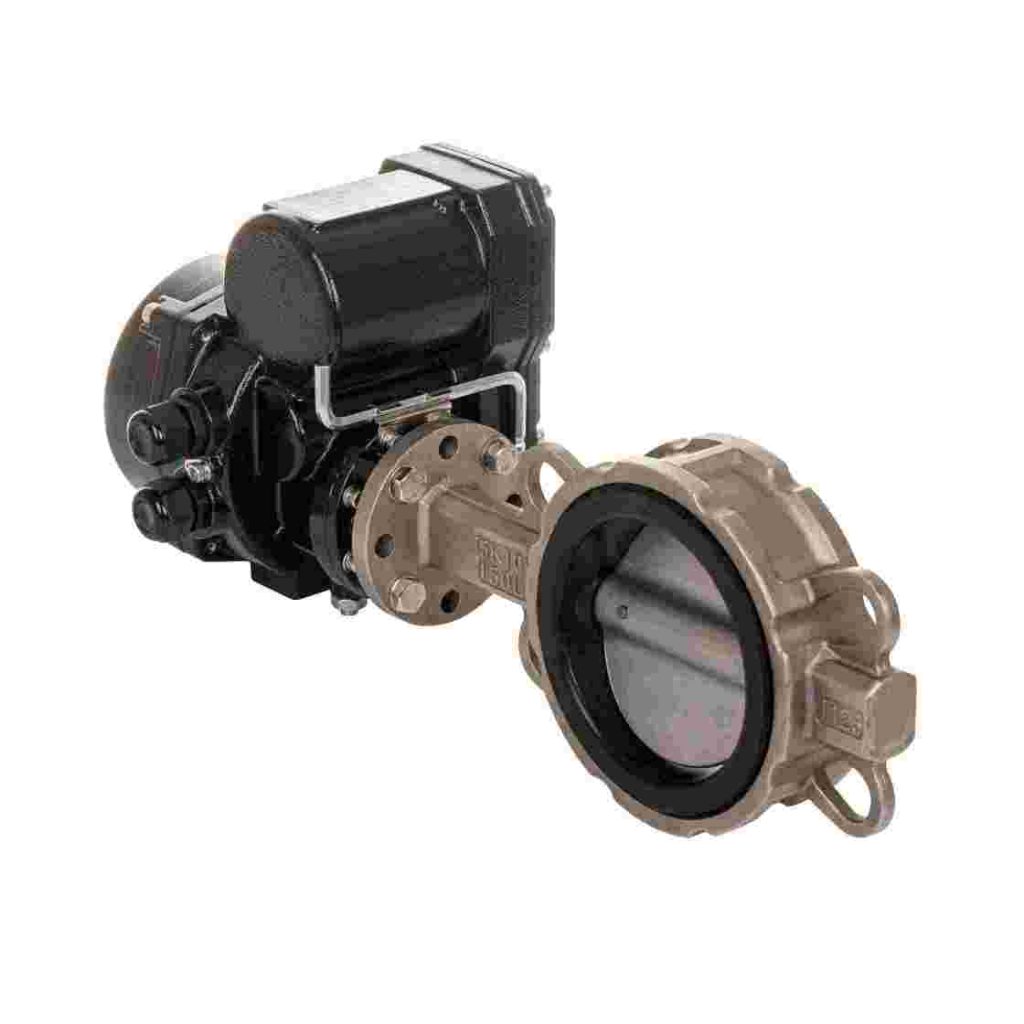Lockout Tagout (LOTO) equipment is an essential component of workplace safety, particularly in industries where machinery and energy systems are frequently maintained or repaired. The purpose of LOTO is simple but critical: to prevent accidental machine start-up and the unintended release of hazardous energy during maintenance. This system is not just a regulatory requirement in many regions but also a core part of ensuring worker safety. In this article, we will explore the components of lockout tagout equipment, its functions, and its role in safeguarding industrial workers.
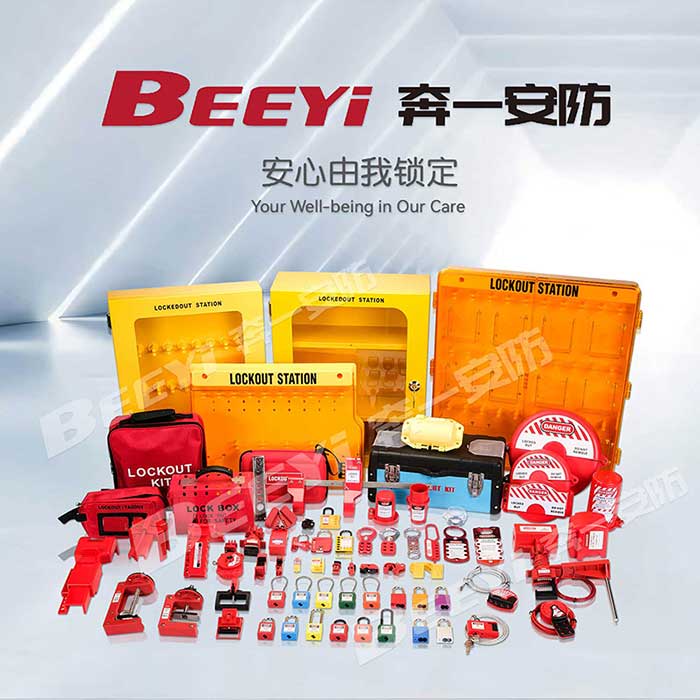
What is Lockout Tagout (LOTO)? Lockout Tagout refers to a set of safety procedures and equipment used to ensure that dangerous machinery or energy sources are properly isolated and cannot be accidentally energized while being serviced or repaired. The process involves locking and tagging the energy-isolating devices of equipment to prevent its unintended activation. This helps protect workers from potential harm caused by the release of hazardous energy, which can include electrical, mechanical, hydraulic, pneumatic, chemical, or thermal energy. Components of Lockout Tagout Equipment

